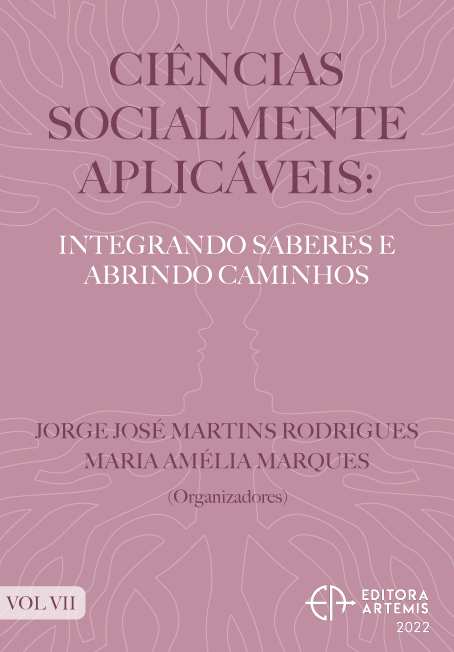
LÍTIO – UMA HISTÓRIA DESDE A GOTA À PSIQUIATRIA
O lítio, terceiro elemento da Tabela Periódica, tem reconhecidas propriedades medicinais. Primeiramente, os sais de lítio foram utilizados na segunda metade do século XIX, por Sir Alfred Baring Garrod, como terapêutica para a gota. Mais tarde, John Cade, no seu artigo Lithium Salts In The Treatment Of Psychotic Excitement, publicado em 1949, levantou a hipótese de que este ião teria efeitos “tão específicos [na mania] que inevitavelmente levam à especulação de que (…) a deficiência de lítio no corpo pode estar na génese desta doença”. De facto, Cade descreveu o impacto dos sais de lítio na cessação da “excitação psicótica” em doentes maníacos. Depois disso, o lítio foi esquecido por cerca de 20 anos, tendo sido novamente colocado no mapa por cientistas dinamarqueses. Atualmente, é uma das armas terapêuticas mais importantes na Perturbação Afetiva Bipolar, pelo que a sua descoberta se reveste de importância histórica significativa.
LÍTIO – UMA HISTÓRIA DESDE A GOTA À PSIQUIATRIA
-
DOI: 10.37572/EdArt_1712227292
-
Palavras-chave: Lítio; Gota; Excitação psicótica; Mania.
-
Keywords: Lithium; Gout; Psychotic excitement; Mania.
-
Abstract:
Lithium, third element on the Periodic Table of Elements, is attributed medicinal properties. Firstly, lithium salts were utilized in the second half of the 19th century by Sir Alfred Baring Garrod as treatment for gout. Later, John Cade, on his article Lithium Salts In The Treatment Of Psychotic Excitement, published in 1949, raised the hypothesis that lithium effects were “so specific [on manic episodes] that it inevitably leads to speculation as to the possible aetiological significance of a deficiency in the body of lithium ions in the genesis of this disorder.”. In fact, Cade described lithium salts’ impact on “psychotic excitement” cessation in manic patients. Afterwards, lithium went forgotten for about 20 years until it was again placed on the map by Danish scientists. Nowadays it is one of the most important therapies for Bipolar Afective Disorder, covering its discovery by significant historical importance.
-
Número de páginas: 9
- Joaquim José Oliveira de Sá Couto
- Joana Filipa Cavaco Rodrigues
- Bruno Afonso da Luz
- Tiago Ventura Gil Pereira

